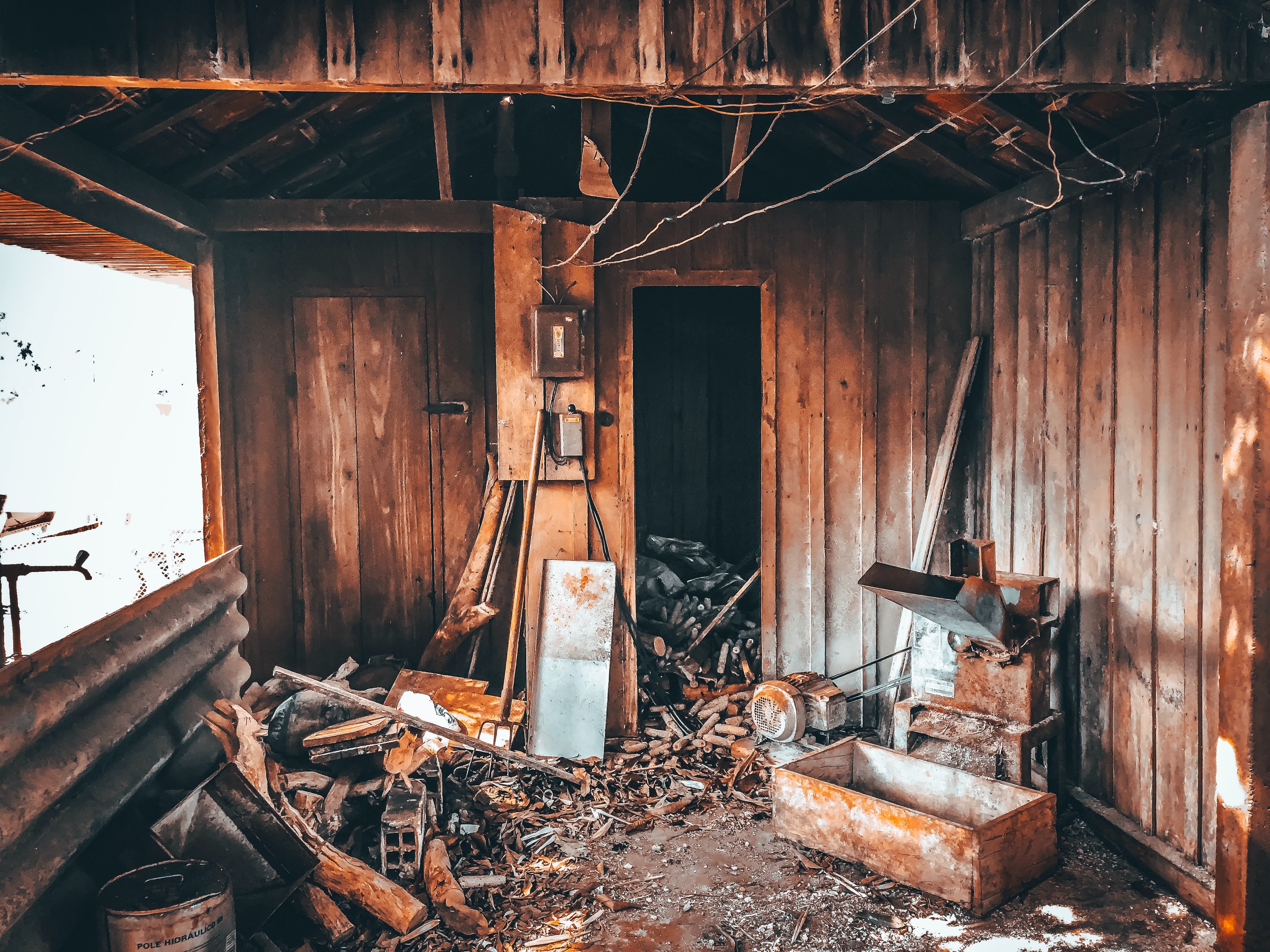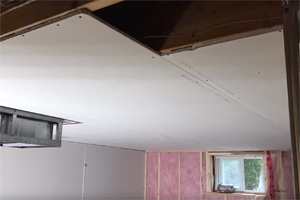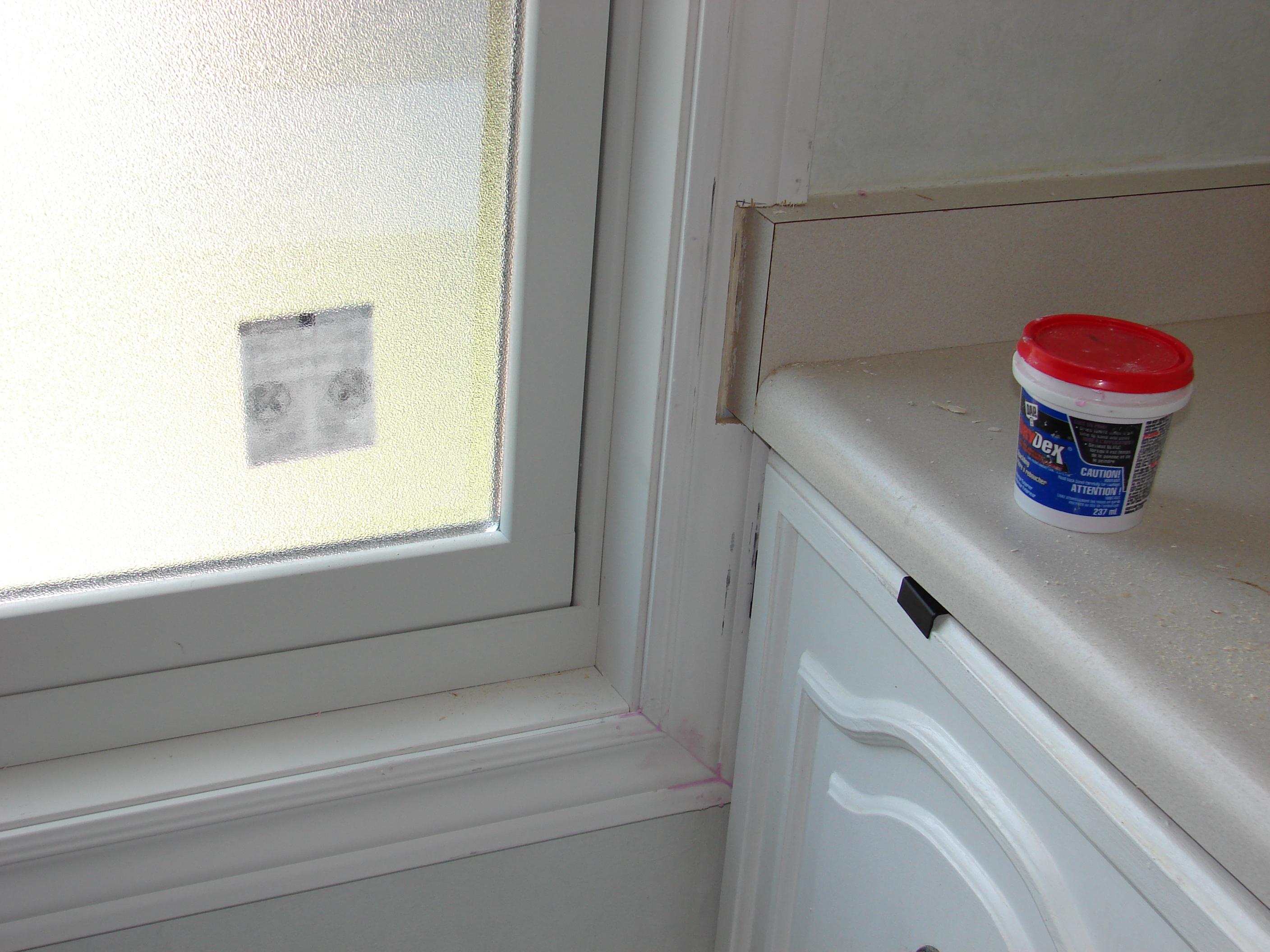Remodeling your home can be very complex, stressful and expensive. Prior planning is essential to surviving the tasks. However, a bit of leeway may be needed as well.
1. Design and Planning
a. Assessing Cost

Whether you have created a drawing on a notepad or paid for architectural drawings prior planning and communication is essential. The final cost will be easier to assess if the planning is more detailed.
The final cost may be lower if you can perform some of the tasks yourself, however it may extend the duration of the project.
Does the cost savings outweigh the project time duration? You must first assess your skills to make this decision.
Here are projects you may be able to:
Do It Yourself

- Install baseboards
- Hang drywall
- Paint interiors
- Install luxury vinyl or laminate flooring
- Insulate open walls
- Fix an outlet
- Change a ceiling light
- Install a toilet
- Install partial PEX plumbing2
Hire a Professional
![]()

- Build an addition
- Pave a driveway
- Install solid hardwood flooring
- Install whole-house gutters and drainpipes
- Heavy-up an electrical service panel
- Side the entire house
- Install replacement windows
- Replumb the entire house2
b. Budget
![]()

Add an extra 20 - 25% to your budget for unforeseen issues.
Remodeling projects can uncover issues that need to be dealt with immediately
ex: when changing windows, the wood behind the window casing may be water damaged and need replacement.
Therefore, the final cost may be higher than originally expected.
Resist the temptation to upgrade items because they are new and "cool" or just a "bit" more expensive. Choosing to upgrade can impact your final cost significantly.
c. Find a Contractor

Do your homework!
Ask around for recommendations
Check reviews on the internet (How to spot a fake online review?)
Questions to ask the contractor:
Is the contractor licensed? This may separate the good actors from the rule-abiding ones
Is the contractor bonded, and have liability insurance?
Is their work guaranteed?
Is their work guaranteed?
Communication (with the contractor)

Make sure you and your contractor are on the same page. Do you want to be in the loop for every decision or let them handle the day to day issues and just bring the big decisions for your input (especially changes to cost)?
Decide which projects you will take on and which the contractor will handle.
While the project is underway, you should communicate every day, to arrange your day's activities so neither of you are in the way of the other.
d. Apply for Permits

2. Assess your remodeling needs and set priorities
Which projects take precedence?
Will the issue affect your future renovation work? If so, deal with them first, if not they can be left until later.
Note: stopping water infiltration comes first
The projects below (if an issue is found) are in order of precedence
-
Foundation

- major structural problems
- weakened walls, joists, and carrying beams
- weakened walls, joists, and carrying beams
- Roof replacement or repair
- to deal with water infiltration
- Windows

-due to water infiltration
-
Siding

- installing or repairing
- will the siding allow water infiltration
- will the siding allow water infiltration
These projects will affect other projects and must be dealt with first.
Do not schedule too many projects at one time.
Evaluate - projects for complexity
ex: moving water pipes can be difficult and expensive. Can your plans be modified to eliminate the move and save money?
ex: moving water pipes can be difficult and expensive. Can your plans be modified to eliminate the move and save money?
3. Scheduling projects (suggested order)
1. Demolition

a. Dust, dust and more dust

Demolition and construction create dust, debris and noxious odors.
Plan to be away from your home for the demolition and major construction / noisy times. Put up plastic barriers separating your living area from the construction zone for the rest.
Place an air filtration system (or two) near the construction area to grab as much dust as possible.
Avoid leaving items out to avoid cleaning them later. Leave your items in boxes sealed with packing tape.
b. Rent a large container for waste

2. Carpentry that supports other works such as drywall, new or moved walls, windows, doors etc.

-
Moving walls.
-
Constructing new walls.
-
Significantly enlarging the window openings.
-
Adding beams to support a greater weight upstairs.
-
Punching in new doors (or removing existing doors).
-
Adding new construction windows.
3. HVAC Ductwork (central heating and air conditioning), Electrical and Plumbing

Vital services that need to be installed when the walls and ceiling are open
Schedule Inspectors to visit after electrical and plumbing systems are complete
4. Schedule electrical and/or plumbing inspector before closing the walls with drywall
![]()

5. Insulation - in the walls and ceiling
-generally quickly done

6. Drywall

- closing up the walls
- hanging, mudding, and sanding
- hanging, mudding, and sanding
7. Windows - new or replacement windows

8. Fine Carpentry
- Carpentry that is not supportive:

- baseboards
- molding
- trim around windows and doors
- built-in elements (bookcases, breakfast nooks, etc.).3
- Carpentry that gives your house that finished touch.
9. Interior Painting, Wallpaper, and Other Surface Finishes

- These are some of the last items you do indoors
10. Flooring

Installing your final floor covering such as:
- laminate
- Solid hardwood
- Tile
- Engineered wood
is done as late as possible in your renovation to reduce damage to the flooring
11. Siding and Gutters

This is done after windows or door installations (unless it was necessary to fix a problem issue) since they would affect the exterior siding.
12. Detached buildings such as:

- Additions
- Sunrooms
- Swimming pools
Note: from personal experience renovations have taken 2x longer than expected and 2x the cost if a strict budget is not followed.
Good Luck!
Sources:






Post a comment